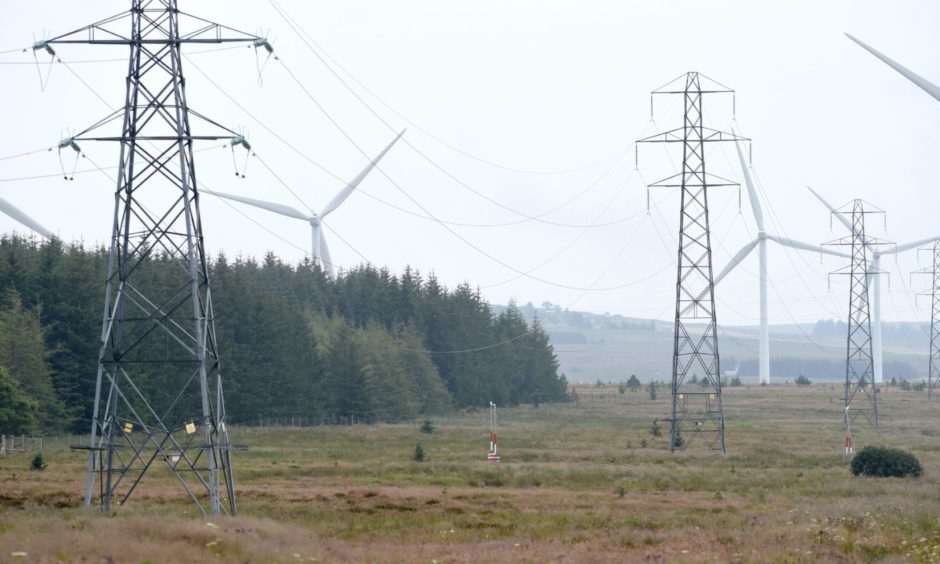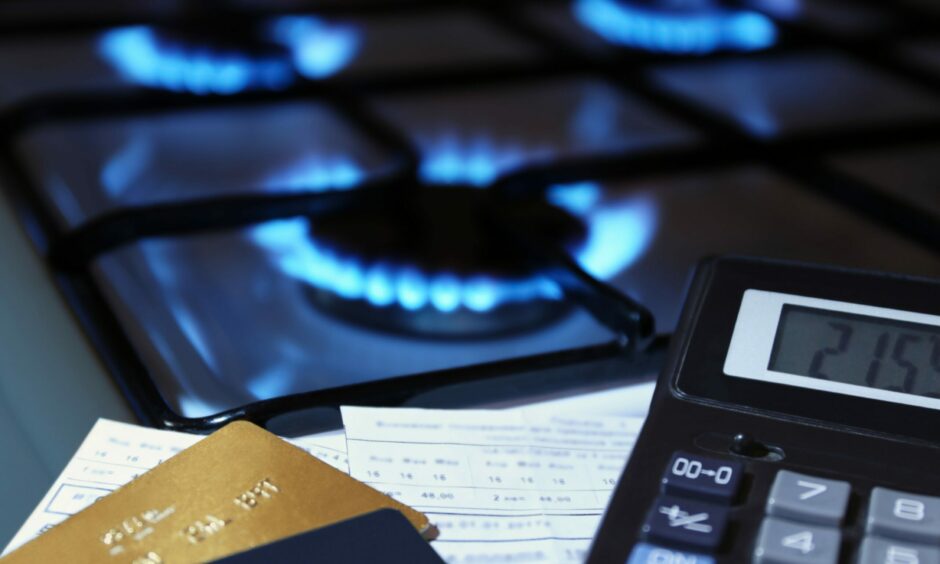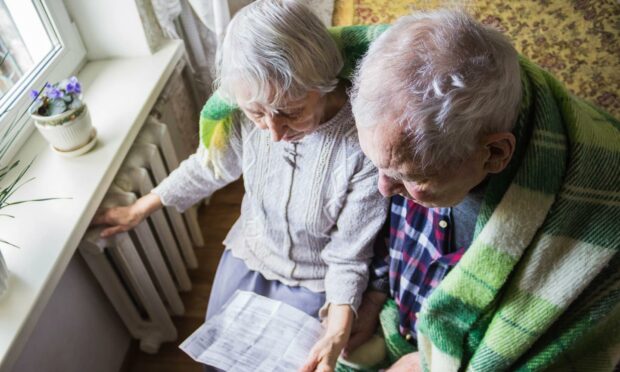Soaring gas prices have left hard-hit consumers in northern Scotland facing their “most difficult” autumn and winter yet, experts have warned.
Housing association chiefs said the “disadvantage” long experienced in the area was being “heightened” by the crippling energy crisis.
They feared it would leave many families with “major worries” about heating their homes over the next few months.
Di Alexander, chairman of the Highlands and Islands Housing Associations Affordable Warmth group, said: “The autumn and winter are likely to be the most difficult yet for the far-too-long ignored fuel poor, in off-gas areas in particular.”
Concerns about the rise of fuel poverty in the Highlands will be discussed at a summit in Sutherland on Friday, with Finance Secretary Kate Forbes among the speakers.
On Tuesday, MSPs on Holyrood’s energy committee heard from Jonathan Brearley, chief executive of energy regulator Ofgem, who said gas prices were six times higher than they were last year, and went up by 33% in the last week.
He said it was being caused by a “configuration” of problems, including higher than expected demand in Asia, little additional supply coming from Russia and issues at energy terminals.

Mr Brearley said it was “very, very hard to tell” how long it would last, and that there “will be an impact that feeds through to customer bills”.
Northern Scotland, including Tayside and the north-east, have long been hit with the highest energy bills in the UK under a controversial distribution pricing system.
Despite producing three times more energy than it needs, fuel poverty has been a particular issue in rural areas of the Highlands and Islands, where there is less competition, no gas option, and colder weather.
‘The disadvantage gets heightened’
Donnie Mackay, energy advice services manager at Lochalsh and Skye Housing Association, said the lack of gas would not protect consumers in the north during the current crisis.
“You would think that gas prices going up, with most of the remote and rural Highlands and Islands not having gas, that it has no impact,” he said.
“But a lot of electricity in the UK is made from burning gas and coal, so when gas prices go up, electricity prices go up as well.”
He added: “We were in a very disadvantaged situation before, and the disadvantage gets heightened when other parts of the UK are disadvantaged.
“It doesn’t make our disadvantage any less. We haven’t had any gain from being on a nice, green renewable fuel, ever.”

Mr Mackay continued: “It has a knock-on effect for every individual household, in that they have got major worries about heating over the winter.”
He has been gathering data on energy prices for several years.
At the start of this summer, energy could be bought at 13p per unit in the Highlands and Islands, but by the end of the summer “almost everybody is at the cap, which is basically 21p a unit”, he said.
Rationing
Mr Mackay outlined the impact this can have on hard-pressed consumers in the north.
“Ofgem presumes an average house in the UK uses annually about 12,000KWhrs of gas for heat, and about 3,500KWhrs of electricity for cooking, lighting, the TV,” he said.
“So that’s about 15,000KWhrs, and yet our tenants in the housing association in Skye use just 7,500kwhrs on average.
“You might think – ‘that is amazing, you must have such fab houses’.
“Well, the houses are good, but a major factor we notice is high energy costs leading to rationing.
“Particularly folk with storage heaters and panel heaters – they only put one or two of the devices on, not for long periods, and they end up with under-heated bedrooms and under-heated bathrooms, and a generally unhappier house. That is the impact.”
